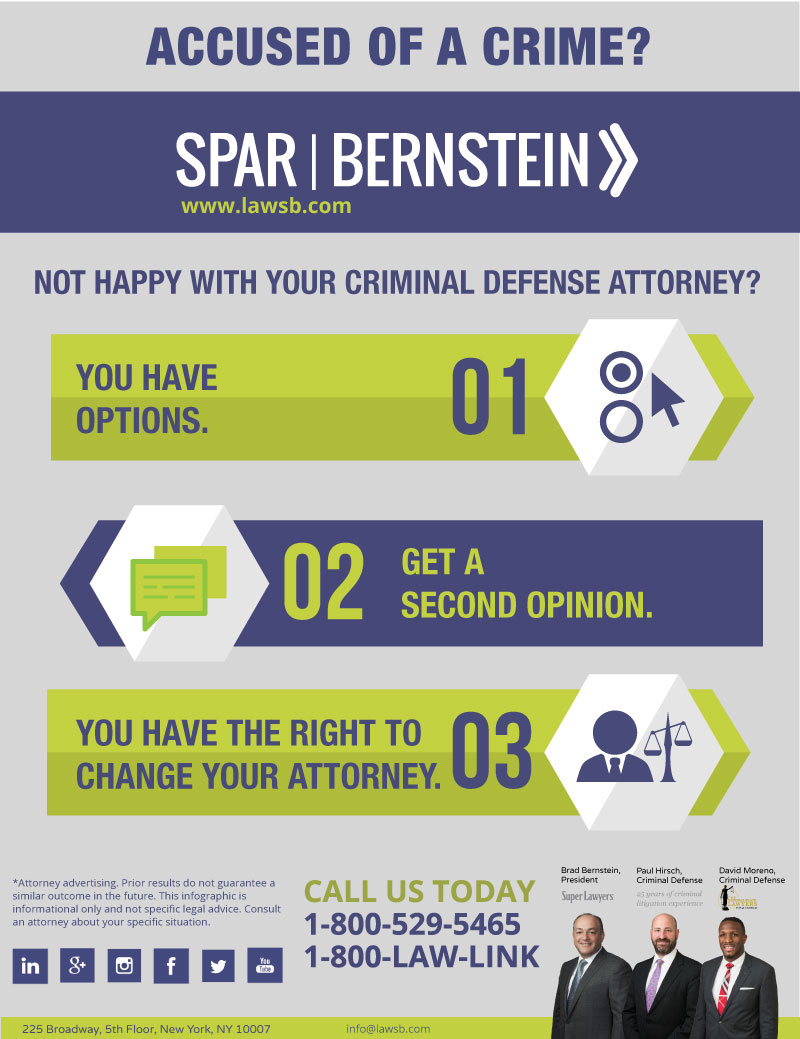When you enter a criminal trial, you might be amazed by the structured process that unfolds. It all starts with jury choice, where potential jurors are looked at for predispositions via a technique called "voir dire." Afterwards, both sides provide their opening statements, setting the stage for the proof and testimonies to follow. You'll see exactly how the prosecution and protection construct their cases, however what happens next can dramatically influence the result. Understanding these phases can expose the intricacies of justice, but there's even more to reveal about the defining moments that comply with.
Court Selection Process
When it concerns the court option procedure, you're diving into an essential stage of a criminal test. This procedure, commonly called "voir dire," entails wondering about possible jurors to ensure they're objective and with the ability of supplying a reasonable judgment.
You'll see both the prosecution and defense lawyer taking part actively, each intending to select jurors that line up with their situation's story.
During voir dire, you'll discover that attorneys ask inquiries regarding jurors' histories, ideas, and experiences. Their goal is to identify any kind of pre-existing predispositions that could affect a juror's decision. As a juror, you may feel a mix of uneasiness and curiosity, yet your honesty is crucial.
After questioning, lawyers can test specific jurors for cause if they believe a juror can't remain impartial. They can likewise use a minimal variety of peremptory obstacles to dismiss jurors without mentioning a reason.
Test Phases Explained
The stages of a criminal test play an important role in making sure a reasonable and organized procedure.
You'll first come across the opening statements, where both the prosecution and defense outline their instances. This sets the stage of what's to find.
Next, the prosecution presents its evidence and witnesses, aiming to show the defendant's shame past a practical uncertainty. You'll see straight exam complied with by cross-examination, permitting both sides to challenge the presented information.
After the prosecution relaxes its instance, it's the protection's turn. They'll present their proof and witnesses, commonly focusing on creating practical uncertainty. You'll discover that the defense doesn't have to confirm innocence; they simply need to challenge the prosecution's situation.
Once both sides have actually offered their disagreements, you'll hear closing statements, where each party summarizes their instance. This is important as it strengthens their settings before the court deliberates.
Throughout these stages, the judge guarantees that the test sticks to legal standards and that the civil liberties of both events are secured.
Recognizing these stages will certainly aid you value the complexities associated with a criminal trial and the importance of each step in the quest of justice.
Verdict and Sentencing
Nevertheless evidence has actually existed and disagreements made, the court or court provides a decision, figuring out the offender's guilt or innocence. If you become part of the court, you'll ponder with your other jurors, going over the proof and your perceptions. This procedure can take some time, as you'll want to ensure everybody agrees on the decision based upon the truths.
When a judgment is gotten to, it's introduced in court. If best drug attorneys near me is condemned, the following stage is sentencing. This is when the court determines the suitable penalty. https://thhcdev.github.io/ryangarryllcattorney/ might observe that different elements affect the sentence, such as the extent of the criminal activity, the defendant's past record, and any kind of mitigating conditions.
The judge might enforce a range of sentences, from fines and social work to jail time. Sometimes, the defense or prosecution can offer debates regarding sentencing, trying to persuade the court's choice.
If the accused is found not guilty, they're acquitted, and no punishment follows. Bear in mind that a guilty judgment can often result in appeals, where the defendant may challenge the verdict or the sentence imposed.
Verdict
In a criminal trial, you've seen how crucial each step is, from jury selection to the final judgment. You have actually followed the prosecution and protection as they construct their cases, aiming to convince the jury. As soon as consideration wraps up, the judgment determines the outcome, and if the offender is condemned, the sentencing stage begins. Comprehending these processes assists you value the intricacies of the justice system and the value of each role in ensuring a reasonable trial.
